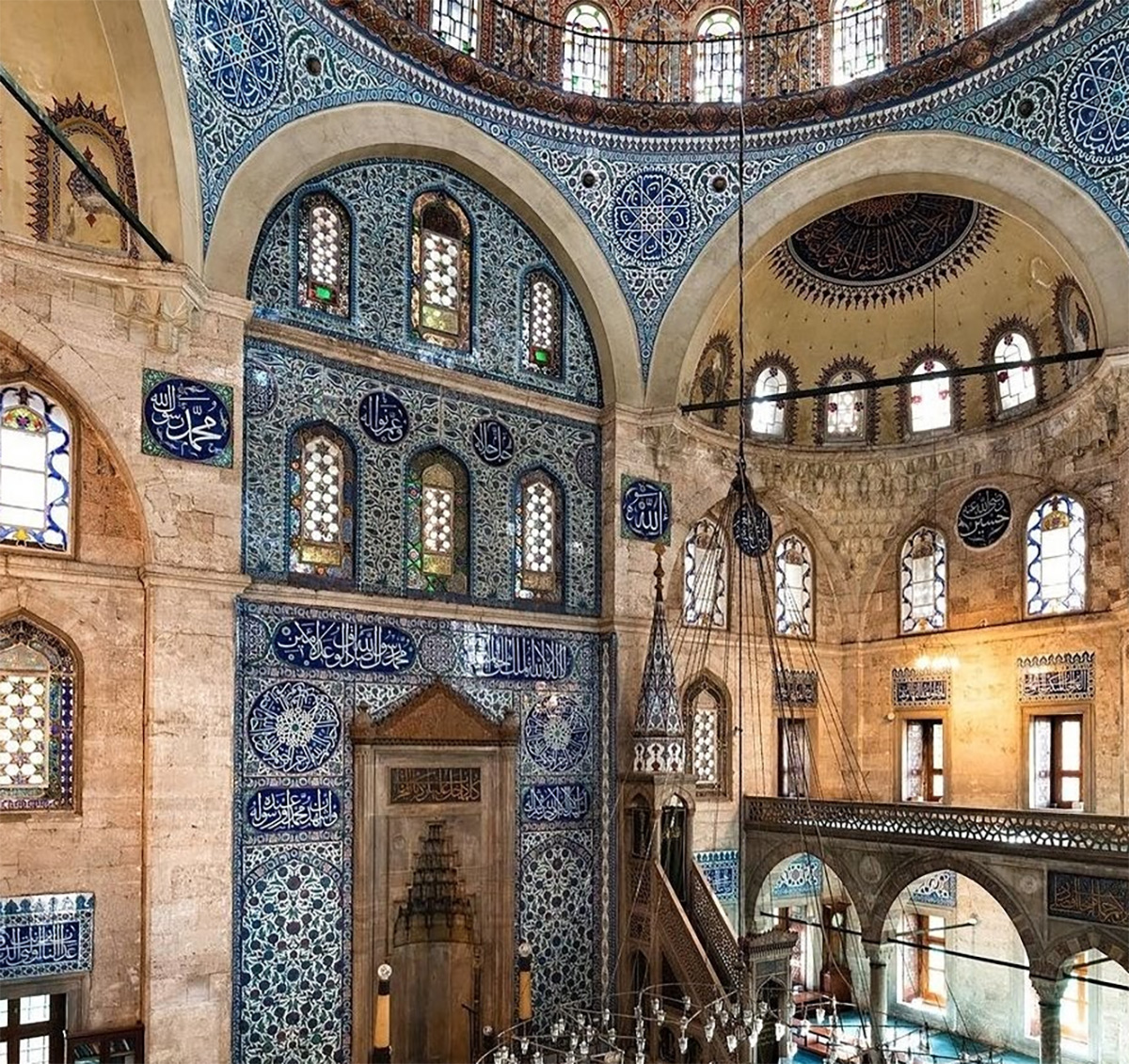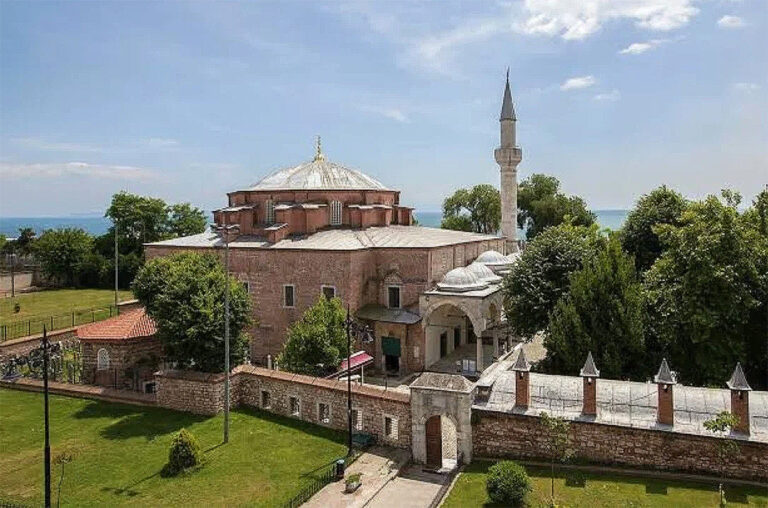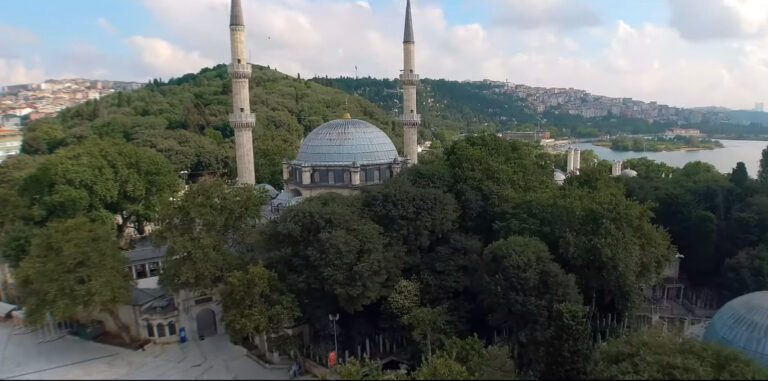Sokullu Mehmet Paşa Mosque
Sokullu Mehmed Paşa Complex, a significant architectural and historical site in Istanbul, was built in the second half of the 16th century. Designed by the renowned architect Mimar Sinan, the complex is located in the Eminönü Kadırga district and includes a mosque, madrasa (Islamic school), dervish lodge (tekke), shops, and fountains.
Historical Controversy and Construction
- The benefactor of the complex is debated; it’s suggested that Sokullu Mehmed Paşa (died 1579) had it constructed as a gift for his wife, İsmihan Sultan. However, İsmihan Sultan’s endowment deed attributes these structures directly to her. She endowed the complex with villages and agricultural lands in Rumelia, granted to her by her father, Sultan Selim II, in 1568, along with properties in Istanbul.
- The complex once included the palace of Sokullu Mehmed Paşa and İsmihan Sultan. The combined entrance for the mosque and madrasa, opening northwards, bears an inscription dating their completion to 1572.
- The site was previously home to a church, speculated by some researchers to be the Church of Saint Anastasia.
Architectural Features
- The complex is spread across a sloping terrain, with different structures set at varying levels. The mosque and madrasa occupy the northern part of the complex, around a courtyard with a fountain, while the southern part is dedicated to the tekke.
- The architecture exhibits a harmonious blend of Islamic and Ottoman elements, with a clear influence of Mimar Sinan’s style.
- The mosque’s prayer hall is rectangular, with a 13-meter diameter dome supported by six wall buttresses, four of which protrude on the northern and southern sides.
- The complex also includes a unique tekke, one of the few remaining Sufi lodge structures from the classical period of Ottoman architecture. This tekke has a distinctive layout, resembling an open courtyard madrasa but with specific features for Sufi practices.
Later Additions and Renovations
- The complex has undergone several renovations and restorations over the years, maintaining its historical integrity and architectural significance.
- The burial site within the complex includes graves of postnişins (heads of the dervish lodge), their family members, and descendants of Sokullu Mehmed Paşa and İsmihan Sultan’s son İbrahim.
Sokullu Mehmed Paşa Complex stands as a testament to the rich Ottoman architectural heritage and the artistic prowess of Mimar Sinan, offering a glimpse into the religious, educational, and social aspects of life in the Ottoman Empire.



